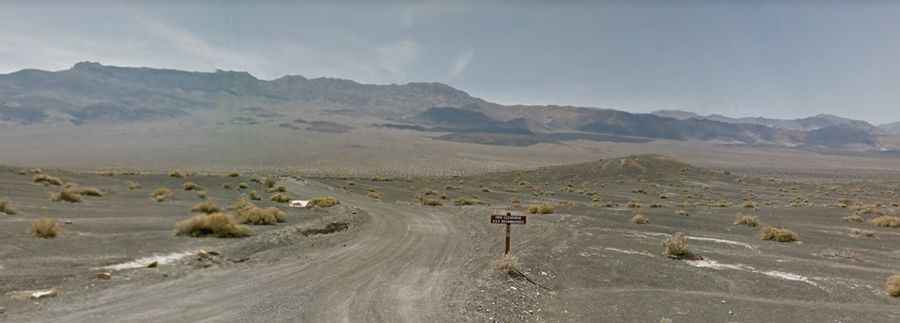Navigating Racetrack Valley Road: Death Valley's Rugged Challenge
Racetrack Valley Road, in northern Death Valley National Park, in the US state of California, offers an exhilarating drive. Equipped with good tires, a 4x4, and a high-clearance vehicle, you can tackle one of the Death Valley's most challenging backcountry roads.

How Long is Racetrack Valley Road?
The road is 46.83 km (29.1 miles) long running from Ubehebe Crater Road to Lippincott Mine Road. It is a well-maintained dirt road but is heavily washboarded. A warning sign at the start advises only 4-wheel-drive vehicles. At least one full-sized spare tire is advisable. High-clearance vehicles with heavy-duty tires are recommended, although careful driving can allow standard sedans to navigate the road.
When is the Best Time to Drive Racetrack Valley Road?
Summer's intense heat requires caution, and washouts or winter snows can make the road impassable. Check the latest conditions at the Visitor Center or Grapevine Ranger Station. The region's weather is unpredictable. If you feel dizzy, nauseous, or have a headache, seek shade and hydrate.
Is the Racetrack Valley Drive Worth It?
Desert winds, especially in spring, can cause dust storms. Cell reception is sparse, so don't rely on phones. The road often requires a high-clearance vehicle due to challenging terrains. For the latest road conditions, visit the Death Valley official website at nps.gov/deva. The sunrise views are breathtaking.
What Are the Moving Rocks?
Racetrack Valley, between the Cottonwood and Last Chance Ranges, is famous for its sailing stones on a dry lakebed. Avoid walking on the lakebed when wet and driving on it is prohibited. The stones, made of dolomite and syenite, move across the playa surface, leaving tracks.
How to Prepare for Racetrack Valley Road?
Death Valley holds the record for the highest recorded air temperature at 134°F (57°C). Be aware of extreme conditions and take precautions.
General Safety Tips:
- Hydrate: Drink 2 to 4 liters of water daily. Carry extra water.
- Avoid Overexertion: Don't hike during peak heat; stay on paved roads in summer.
- Vehicle Safety: If your car breaks down, stay with it until help arrives. Adhere to speed limits, use lower gears on declines, and wear seatbelts.
- Wildlife Caution: Avoid placing hands or feet in unseen areas; rattlesnakes, scorpions, or black widow spiders may be present.
- Flood Safety: Flash floods are a risk. Stay out of canyons during rain and seek higher ground if needed. Watch for water on the road.
- Mines: Avoid entering mine tunnels or shafts due to instability and potential hazards.
- Connectivity: Cell signal is unreliable. For emergencies, dial 911.
- Backpackers and Adventurers: Be well-equipped and informed. Inform someone of your plans and carry a detailed map. Secure a free backcountry permit from any visitor center if backpacking.